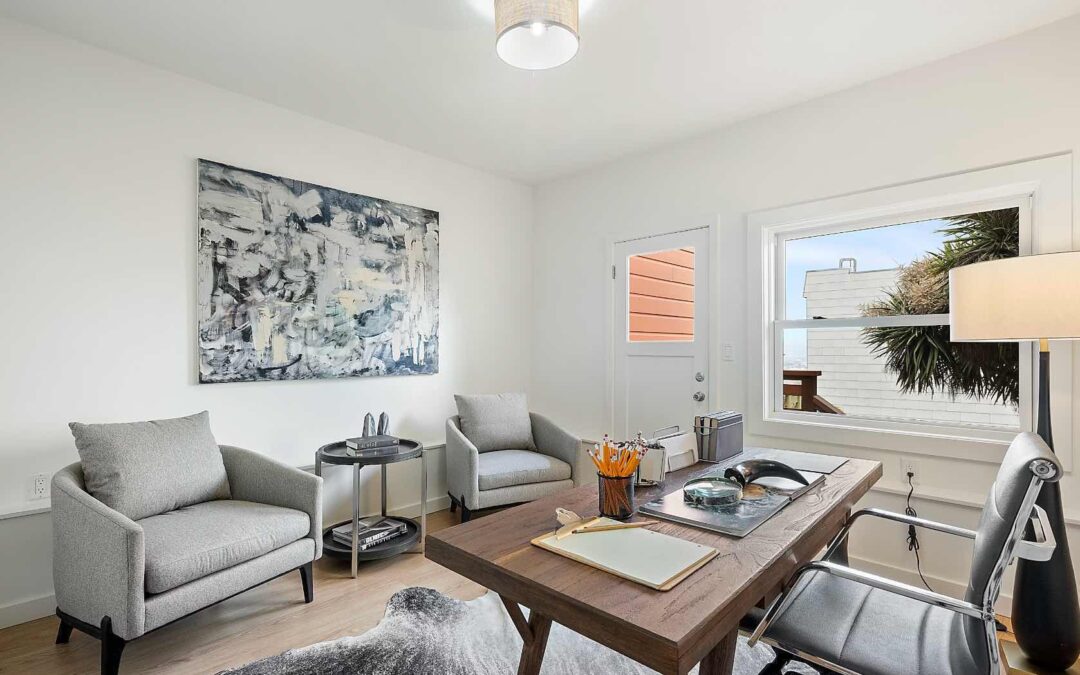As we embark on the journey of understanding home insurance, one aspect that unfailingly sparks questions is personal property coverage. While its basic premise is straightforward – offering protection for personal belongings within the insured property – the intricacies of what’s covered, the extent of coverage, and the nuances involved weave a complex pattern that merits a deeper exploration.
Exploring the Breadth of Personal Property Coverage:
Navigating through the expanse of personal property coverage, one encounters varied items under its umbrella – from furniture and electronics to clothing and jewelry. While it provides a comforting layer of financial protection against perils like theft, fire, or vandalism, its boundaries are not limitless. Items of extraordinary value like antiques, artwork, or extensive jewelry collections may not be fully covered, urging homeowners to consider additional riders or endorsements for enhanced protection.
Understanding the Limits and Deductibles:
Delving deeper, the concept of limits and deductibles emerges as a pivotal point in personal property coverage. Every insurance policy delineates specific limits for personal property coverage, which implies the maximum amount the insurance company will pay in the event of a covered loss. Homeowners must astutely assess the value of their possessions to ensure their policy limit is adequate for complete financial protection. Complementing this is the deductible – the amount the homeowner is responsible for paying before the insurance coverage kicks in. Choosing a higher deductible may lower premiums, yet it’s essential to balance it with affordability in case of a claim.
Valuation Methods: Actual Cash Value vs. Replacement Cost:
A significant contour in the personal property coverage landscape is the valuation method – actual cash value or replacement cost. The actual cash value accounts for depreciation, reimbursing the item’s value at the time of loss, which may not suffice to purchase a new, similar item. On the other side, replacement cost coverage disregards depreciation, providing funds equivalent to buying a new item. Evaluating the potential impact on premiums and payouts, and aligning it with individual financial strategies is crucial for homeowners.
Additional Living Expenses Coverage:
A lesser-known facet of personal property coverage is the provision for additional living expenses. In scenarios where a covered peril renders the home uninhabitable, this coverage shoulders the additional costs incurred for temporary accommodation, meals, and other living expenses, safeguarding financial stability in tumultuous times.
Conclusion:
In the intricate tapestry of home insurance, personal property coverage emerges as a vital thread, woven with various elements – the types of belongings covered, limits, deductibles, valuation methods, and additional living expenses coverage. Unraveling these threads empowers homeowners, allowing them to tailor their insurance policy, ensuring robust financial protection for their cherished possessions against the unpredictable storms of life. Amid the multitude of insurance facets, personal property coverage stands as a beacon, illuminating the path towards comprehensive, unwavering protection for the treasures that make a house a home.

